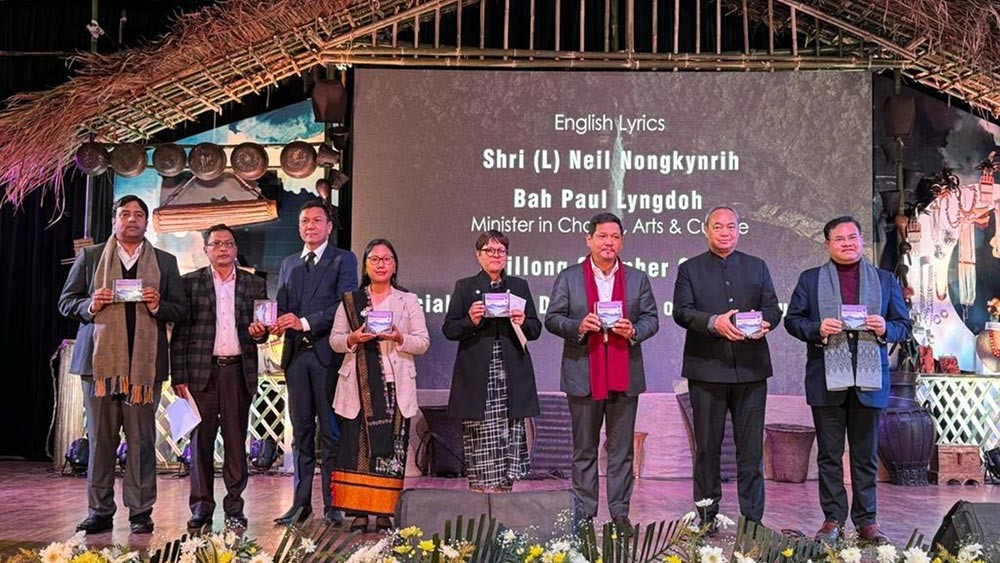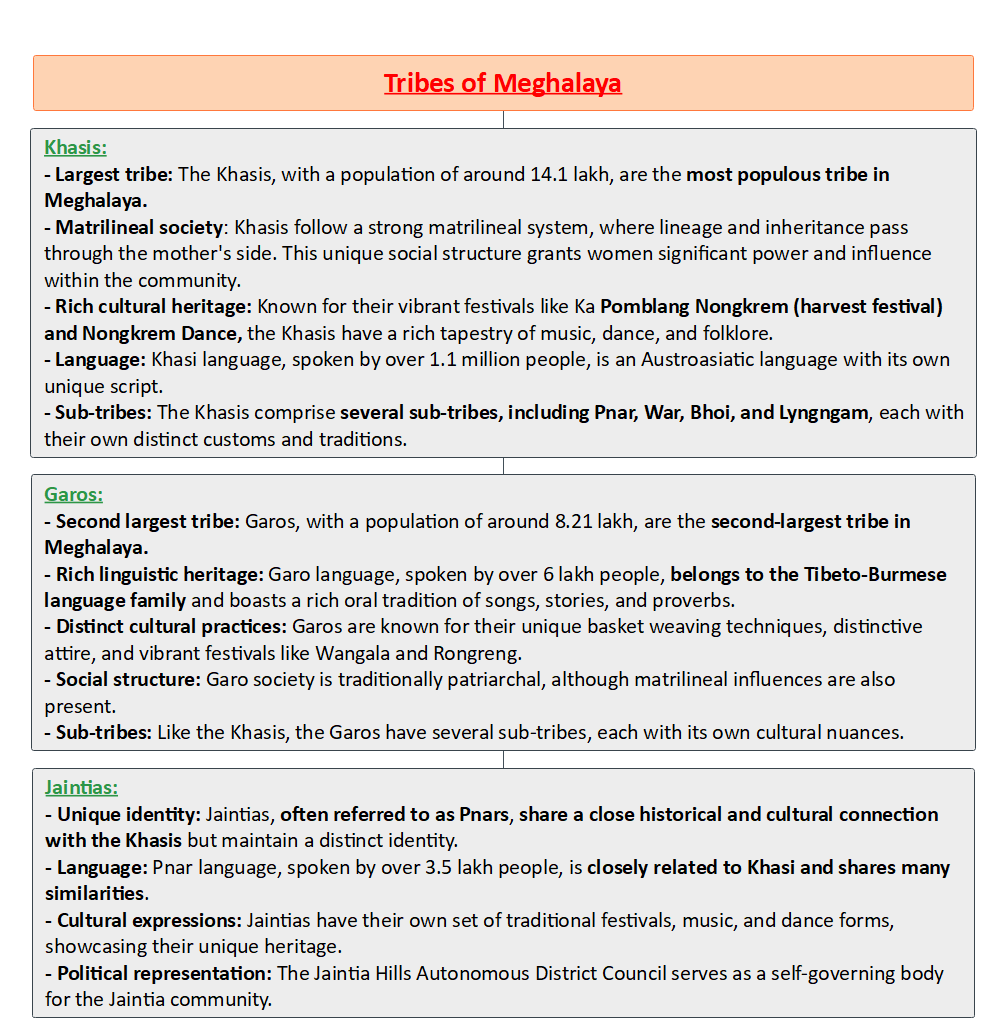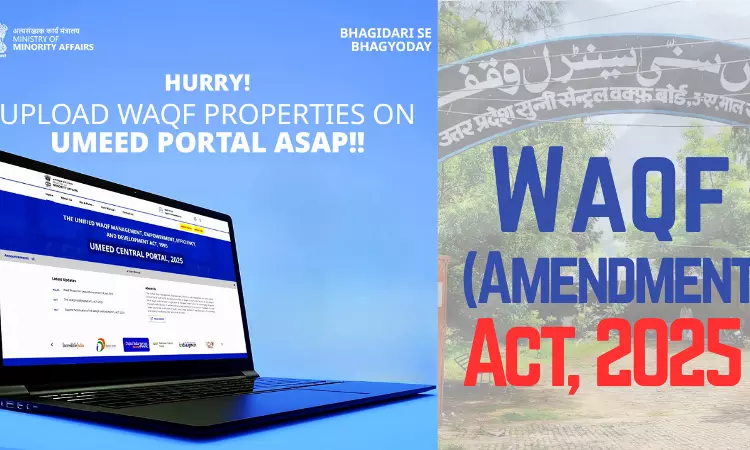Description

Copyright infringement not intended
Picture Courtesy: www.sentinelassam.com
Context: The newly launched Meghalaya state anthem, featuring Khasi, Garo, and English, has sparked controversy due to the absence of the Jaintia or Pnar language.
Details
- The controversy surrounding Meghalaya's new state anthem revolves around the absence of the Jaintia or Pnar language in the anthem, which has led to dissatisfaction among the Jaintia tribe.
- The anthem, released on the occasion of Meghalaya's 52nd statehood day on January 21, includes segments in three languages – Khasi, Garo, and English.
- The controversy emerged when the Jaintia language was not represented, leading to protests and demands for its inclusion.
Language Inclusion
- The anthem features segments in Khasi, Garo, and English. However, the absence of the Jaintia or Pnar language has caused discontent among the Jaintia community.
- The Jaintia Students’ Union accused the state government of promoting a "foreign language" (English) and called for the inclusion of dialects of all three major tribes – Khasi, Jaintia, and Garo.
Unique History and Identity of the Jaintia Tribe
- Jaintia pressure groups, including the Jaintia National Council, emphasize the unique history and identity of the Jaintia tribe. They highlight the historical administrative divisions in the state, including the Jaintia Hills Autonomous District Council.
- The Jaintia community asserts that they have their own culture, mother tongue, and distinct history, and they do not want to be neglected in the state anthem.

Call for Inclusion of Pnar in the Anthem
- The President of the Jaintia National Council, emphasized the demand for the inclusion of the Pnar language in the anthem, reflecting the distinct identity of the Jaintia tribe.
- The demand is rooted in the belief that the anthem should recognize the historical and cultural uniqueness of each major tribe – Khasi, Jaintia, and Garo.
Government's Response
- The Meghalaya government, led by the National People’s Party, cited the Meghalaya State Language Act of 2005 as the basis for the anthem's language selection. The act designates English as the state's official language and Khasi and Garo as associate official languages in specific districts.
- The Chief Minister argued that any decision to add the Jaintia language to the anthem would require changes in the relevant act or rules, and the government cannot arbitrarily deviate from the existing language provisions.
Concerns Over Slippery Slope
- The government expressed concerns that acceding to the demand for the inclusion of the Jaintia language could set a precedent for other tribes demanding similar recognition. They argue that decisions must be based on existing acts and rules.
Commonalities v/s Differences
- Some commentators and government officials emphasize the commonalities between the Khasi and Jaintia tribes, citing shared origin myths and a historical belief in the unity of the two tribes.
- Meghalaya Arts and Culture Minister highlighted the historical belief in the unity of Khasi and Jaintia as one tribe, shared blood relations, common creation myths, and similar language usage.

Conclusion
- The controversy reflects the complexities of identity, language, and historical narratives in the context of Meghalaya's diverse tribal communities. The government's challenge is to address the concerns of the Jaintia community while navigating existing language provisions and avoiding potential conflicts with other tribes.
|
PRACTICE QUESTION
Q. Many indigenous communities in India reside in ecologically sensitive areas. How can development projects and conservation efforts balance the need for economic progress with protecting the rights and livelihoods of these communities and their traditional ecological knowledge?
|











